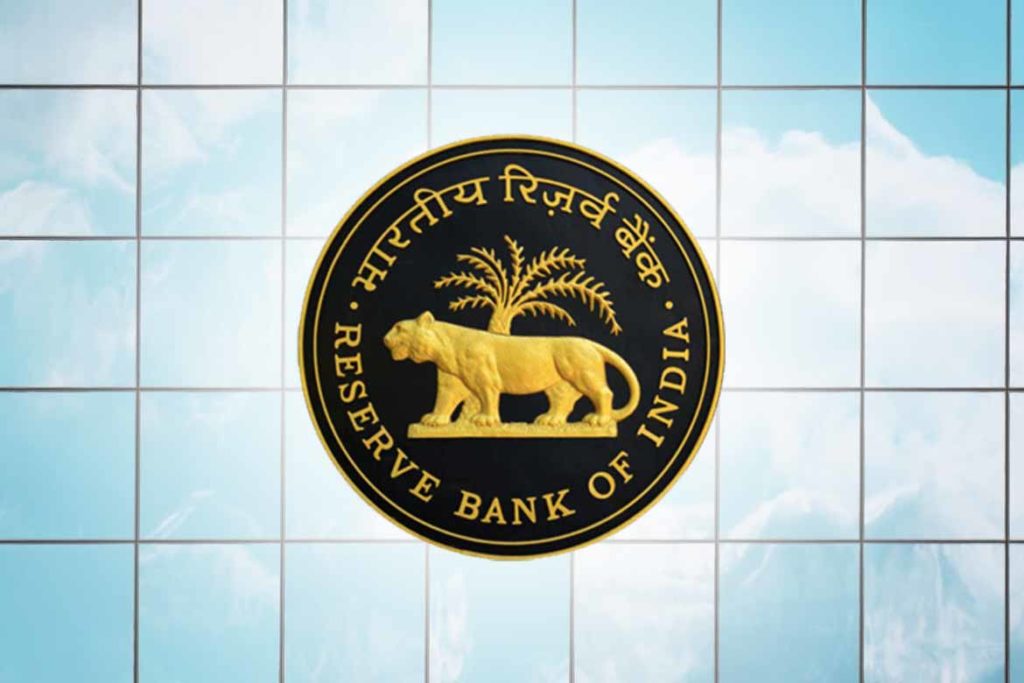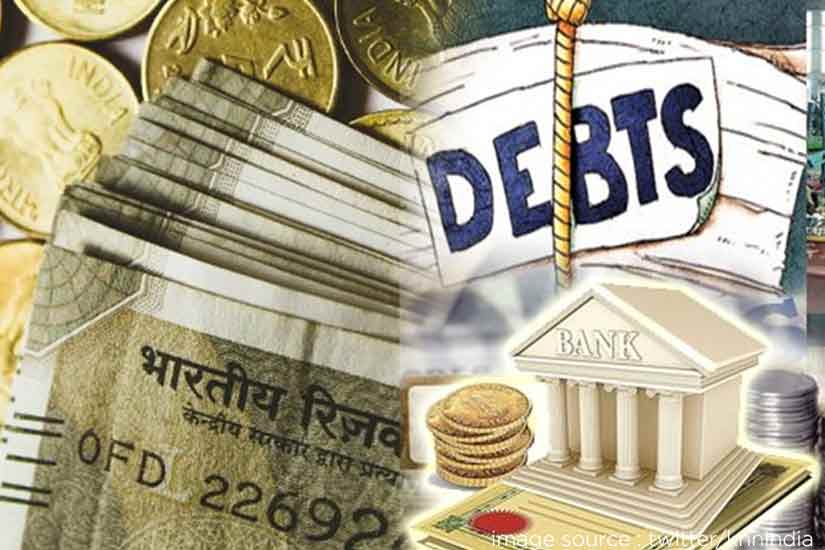For an economy like India, dependent on the banking sector, it is imperative for the banks to be in a sound position to ensure easy financial services and credit flow. However, Indian banks have been suffering from Non-performing Asset (NPA) crisis for many years, causing economic problems throughout the economy.
Also, the decline in economic growth due to the Coronavirus crisis has further increased the stress of the banking sector. Therefore, to restore the strength of the banking system, the idea of establishing a National Bad Bank has been proposed. However, the idea of Bad Bank is itself remain a matter of debate for so long.
What is a bad bank?
A bad bank is an institution that acts as an aggregator of bad loans or non-performing assets (NPAs) and buys them at a discounted price from the banks, then works towards their recovery and resolution. These bad loans negatively impact the bank’s balance sheet.
A Bad Bank is similar to an Asset Reconstruction Company, where it manages to recover the maximum possible amount by buying these loans from banks.
Proposal for Bad Bank
In Budget 2021, the structure of an Asset Reconstruction Company and Asset Management Company (AMC) was proposed, in which the ARC would collect the debt, while the AMC would act as a resolution manager.

Also read: Banking Failures in India
The proposed structure envisages the establishment of a National Asset Reconstruction Company to acquire total assets from lenders, which will be managed by the National Asset Management Company.
An efficient and professional set-up dedicated to Stressed Asset Resolution institutionalized into a stressed asset through strategic investors, AIF, Special Situation Fund, Stressed Asset Fund, etc.
Moreover, transferring these stressed assets to bad banks will generate 15% in cash and 85% in Sovereign Guarantee Security Receipts. In this, zero-risk weight is guaranteed by the government for a certain period of time.The net effect of this approach will be to create an open process and a vibrant market for stressed assets.
Why India need a Bad Bank?
The value recovered under Bad Bank and significant lending benefits includes disbursal of Capital at a lower value from fully provisioned bad assets. Moreover, Sovereign Guarantee caused capital protection to be free from receivables.
Cash receipts that are returned to banks that can be leveraged for lending have been exempted from the general provisions of the balance sheet.
Successful implementation of a bad bank in many other countries give positivity to its goal and there is no reason to believe that these objectives cannot be met in India.
After the financial crisis of 2008, the US implemented the Crisis Asset Relief Program, which aided the US economy in getting out of this crisis. This concept was similar to the idea of a bad bank.
In this pandemic crisis, many experts believe that a bad bank can help release over 5 lakh crore NPA capital, which is financially endangered due to bad loans.

Also read: No Changes In Repo Rate, RBI Estimates Growth At 10.5%
Arguments discouraging this move
It is often argued that creating a bad bank is only shifting the problem from one bank to another. Without the basic reforms to solve the NPA problem, the bad bank is likely to become a warehouse for bad loans without any realization.
Apart from this, an important concern is the collection of capital for the bad bank. In an economy hit by a pandemic, it is difficult to find buyers for distressed properties and the government is also going through a difficult fiscal situation.
Another point of concern is that, there is no clear procedure to determine what value and which loans should be transferred to Bad Bank. This can create political challenges for the government.
Former Reserve Bank Governor RaghuramRajan believes that setting up a bad bank can also create a moral risk problem among banks. This will promote them for reckless lending, thereby making the NPA problem more grave.
What is needed to be done?
As long as public sector bank management remains loyal to politicians and bureaucrats, their professionalism will remain lacking and will face such problems perennially. Hence, a Bad Bank is a good idea, but broader reforms are needed to deal with the main challenge such as structural problems inherent in the banking system and to make public sector banks better.
